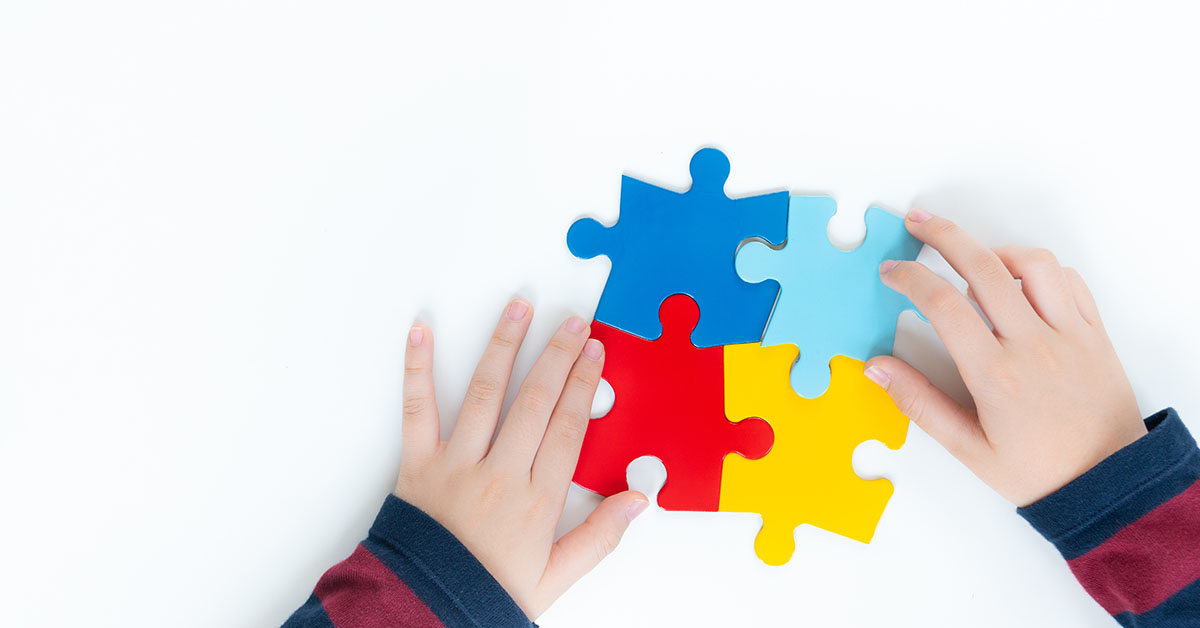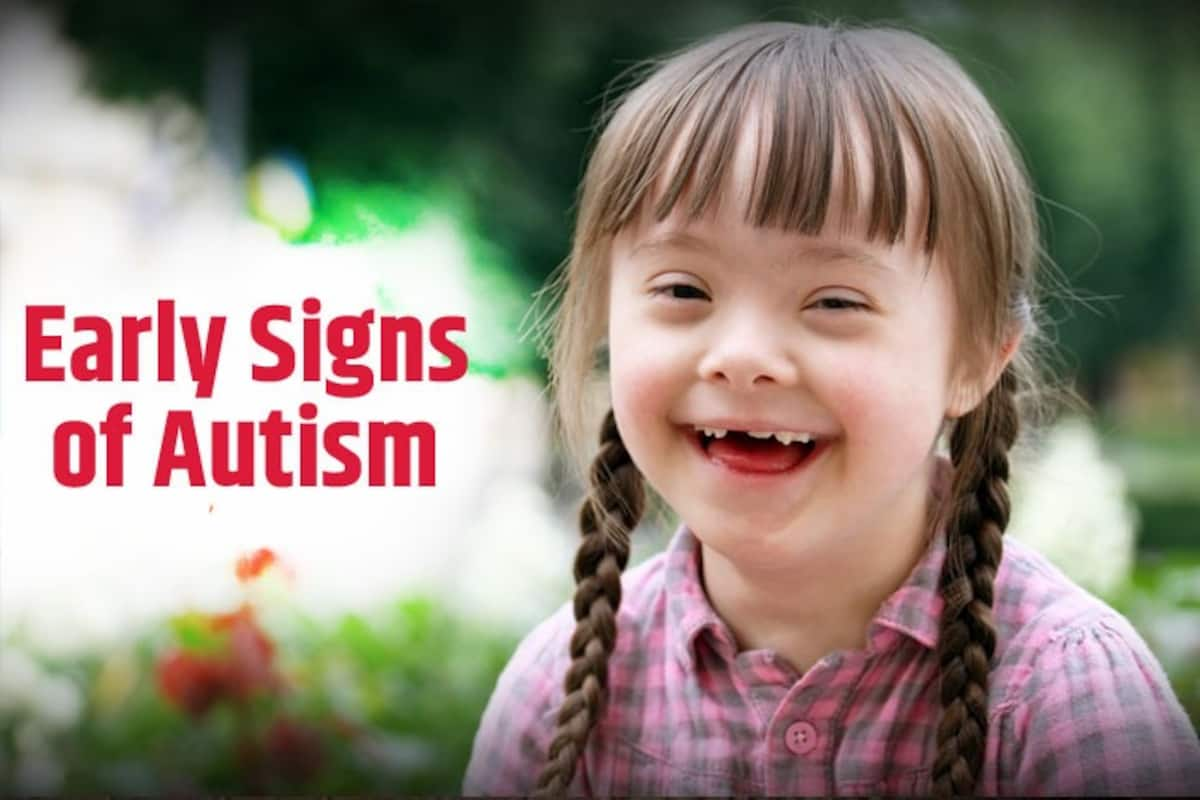The Duty of Education in Sustaining Trainees with Autism: Best Practices
The Duty of Education in Sustaining Trainees with Autism: Best Practices
Blog Article
Recognizing Autism: A Comprehensive Guide to Indications and Symptoms
Autism Spectrum Condition (ASD) includes a large range of qualities that can significantly influence an individual's social interactions and day-to-day functioning. Recognizing the symptoms and signs, such as obstacles with eye contact, social interaction difficulties, and sensory level of sensitivities, is essential for early treatment. Recognizing these nuances not just help caretakers and teachers in offering suitable support but likewise promotes a much more comprehensive atmosphere for people with ASD. As we discover the complexities of autism, it comes to be vital to think about how these indicators show up in a different way throughout the spectrum and what ramifications they hold for reliable intervention methods.
Overview of Autism Range Condition
Specifying Autism Spectrum Condition (ASD) includes identifying it as a complex neurodevelopmental problem characterized by a series of challenges in social interaction, communication, and behavior patterns. The term "spectrum" reflects the broad irregularity in signs and symptoms and their severity, which can vary significantly from one person to one more. ASD normally manifests in early childhood years, although some people might not receive a diagnosis until later in life.
Factors influencing the advancement of ASD include hereditary proneness and ecological aspects, although the precise causes remain under investigation. Medical diagnosis often relies upon behavioral analyses, as there are no definitive clinical tests for ASD. Early intervention is important and can significantly boost end results, concentrating on boosting communication abilities, social interactions, and flexible habits.
Individuals with ASD may likewise show unique staminas, such as phenomenal focus to information or details areas of proficiency. Recognizing the complex nature of ASD is crucial for promoting an inclusive environment that suits neurodiversity. Continued research is crucial for establishing reliable treatments and support systems, making it possible for individuals with ASD to grow and satisfy their possible within society.
Usual Indications of Autism
Recognizing the typical signs of Autism Range Problem (ASD) is important for early recognition and treatment. These indicators can vary extensively in intensity and presentation, but specific qualities are often observed in individuals with ASD.
One of the most common signs is a marked trouble in developing and keeping eye get in touch with. Individuals might also display restricted rate of interest in social communications and show a preference for singular play.
Sensory level of sensitivities are likewise typical; individuals might overreact or underreact to sensory stimulations, such as structures, noises, or lights. autism. Language advancement can be atypical, with some children showing postponed speech or making use of language in unusual methods, consisting of echolalia-- repeating sentences or phrases heard somewhere else
It is necessary to keep in mind that not every person with ASD will certainly present all these indications, and the level of these behaviors can vary substantially. Early recognition permits for prompt assistance and sources, enhancing the lifestyle for those on the range.
Social Interaction Challenges
Social communication challenges are a characteristic of Autism Range Disorder (ASD), influencing a person's capability to involve efficiently with others. These troubles can show up in numerous means, including obstacles in starting and keeping conversations, comprehending social cues, and responding suitably in social communications.
Individuals with ASD might have a hard time with nonverbal interaction, such as eye get in touch you could try this out with, faces, and body language. This can bring about misconceptions, as their communicative intent may not be correctly interpreted by others. Furthermore, they might discover it challenging to grasp the nuances of tone and context, which are crucial for efficient communication.
In team setups, individuals with ASD may feel overwhelmed and might not know how to join in conversations (autism). They could also display irregular conversational patterns, such as monologuing regarding details passions without identifying social reciprocity
In addition, these difficulties can result in social seclusion or problems in forming connections, as peers may misunderstand their behavior or communication style. Recognizing these social communication difficulties is important for promoting supportive atmospheres that advertise social skills development and improve the top quality of interactions for people on the autism range.
Sensory Actions and sensitivities
Lots of people with Autism Spectrum Problem (ASD) experience heightened sensory level of sensitivities that can dramatically influence their lives. These sensitivities may manifest as over-responsiveness or under-responsiveness to sensory stimuli, including noises, lights, appearances, tastes, and scents. A person with ASD may discover everyday sounds, such as a vacuum cleanser or crowded settings, extremely traumatic, leading to anxiousness or disasters. On the other hand, some might exhibit an indifference to pain or severe temperature levels, which can present safety problems.
Sensory handling differences in people with ASD can additionally impact their ability to involve in regular tasks and social communications. A child that is sensitive to touch may resist physical affection or stay clear of specific clothes fabrics. Additionally, a preference for particular textures or preferences can limit nutritional alternatives and develop challenges during nourishments.
Understanding these sensory sensitivities you could check here is vital for acknowledging the unique experiences of individuals with ASD. Recognition of their sensory accounts can foster much better interaction and support methods, developing an environment that accommodates their requirements and improves their lifestyle. Ultimately, acknowledging sensory sensitivities is an important part of understanding the wider range of autism.

Supporting People With Autism
Efficient support for people with Autism Spectrum Problem (ASD) is important for boosting their total health and promoting self-reliance. Assistance approaches need to be customized to meet the unique needs of each individual, considering their toughness and obstacles.

Social abilities training can likewise play a crucial function. autism. Engaging individuals in team activities or role-playing scenarios can improve their capacity to browse social interactions. Additionally, it is necessary to inform member of the family, caretakers, and peers about ASD to promote a supportive and inclusive area
Verdict
By fostering enhanced interaction and social abilities, people with autism can browse their atmospheres a lot more successfully. Eventually, raised recognition and support can substantially improve the top quality of life for those impacted by ASD.
Autism Spectrum Problem (ASD) encompasses a large array of characteristics that can substantially affect a person's social communications and daily performance.People with ASD Full Article might struggle with nonverbal communication, such as eye get in touch with, face expressions, and body language.Many people with Autism Range Disorder (ASD) experience heightened sensory sensitivities that can significantly impact their daily lives.Sensory processing differences in individuals with ASD can additionally influence their ability to engage in regular tasks and social communications.Comprehending these sensory sensitivities is essential for acknowledging the one-of-a-kind experiences of people with ASD.
Report this page